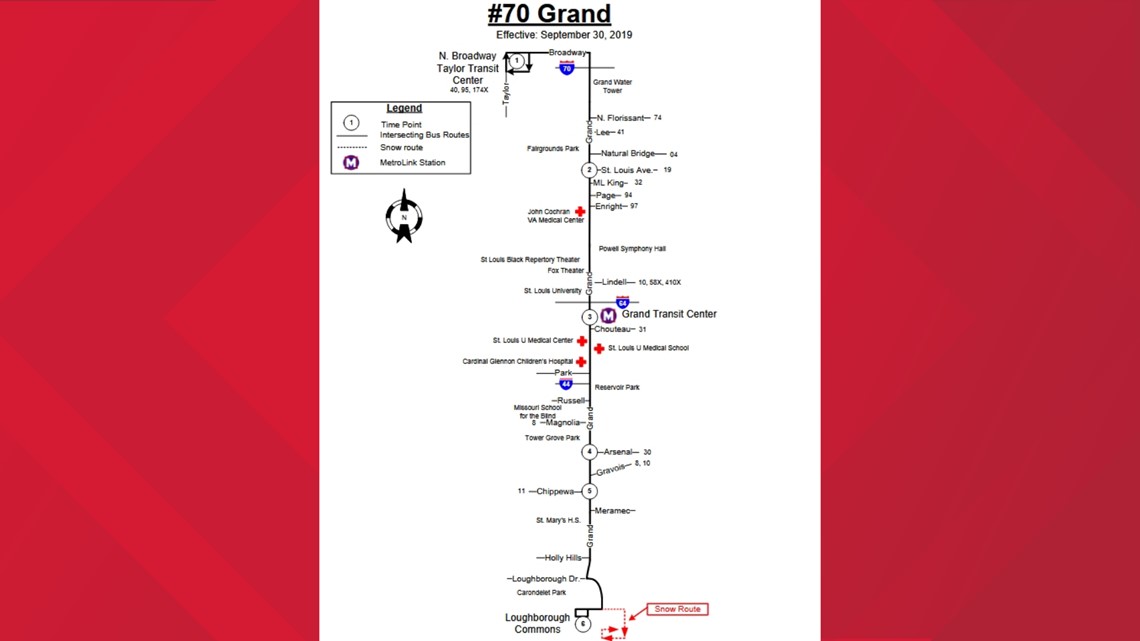ST. LOUIS — Monday afternoon, President Joe Biden signed the bipartisan infrastructure bill into law.
It's a trillion-dollar deal that will impact our entire St. Louis region among every sector of infrastructure.
Now, this means federal investments will start making their way here.
There is a need in Missouri for this federal money.
A White House fact sheet showed infrastructure in the state has suffered from a systemic lack of investment for decades.
This money will make life better, create good-paying jobs and economic growth.
The Show-Me State is expected to get around $8 billion. A good chunk of it is for repairing roads and bridges, funds that are important for St. Louis County.
"That was a big big win for our community," St. Louis County Executive Sam Page said, "We know that we have over $200 million of unmet needs and fixing our roads in the community. For the first time in a long time, we have funds to improve our arterial roads in St. Louis County."
Nearly $674 million will modernize public transit across the state.
Capital that can improve the experience.
Taulby Roach is the CEO of the Bi-State Development and oversees Metro transit.
"New cutting edge equipment, whether it be battery electric, whether it be the newest latest versions of light rail materials, all of the above is what we should be looking at with this bill," Roach said.
Roach shares the number one bus line is the #70 Grand line from north to south corridor and it carries a lot of people on a daily basis.


With high traffic on this bus line, conversations of creating a Metrolink expansion are in the works for St. Louis City and County.
In a news briefing Monday morning, Page talked about the partnership saying, "We’re partnering with the city of St. Louis to study the possible expansion of MetroLink line."
Roach confirms plans are in motion of possibly creating a line for a corridor north-to-south.
"This is a new era as an operator of a transit system," Roach said.
This federal money could accelerate this possible plan.
An idea Roach believes could steer us in the right direction.
"We need to be looking at not only what our St. Louis area is now, but where it will be in 10 to 20 years with what kind of equipment and travel patterns so we can adjust and we are serving St. Louis the best we can. This fundamental infrastructure funding is going to affect us and the region in transit for years to come," Roach said.
Funding will be distributed over a five-year period.
It could take months or years for many major projects to start.

